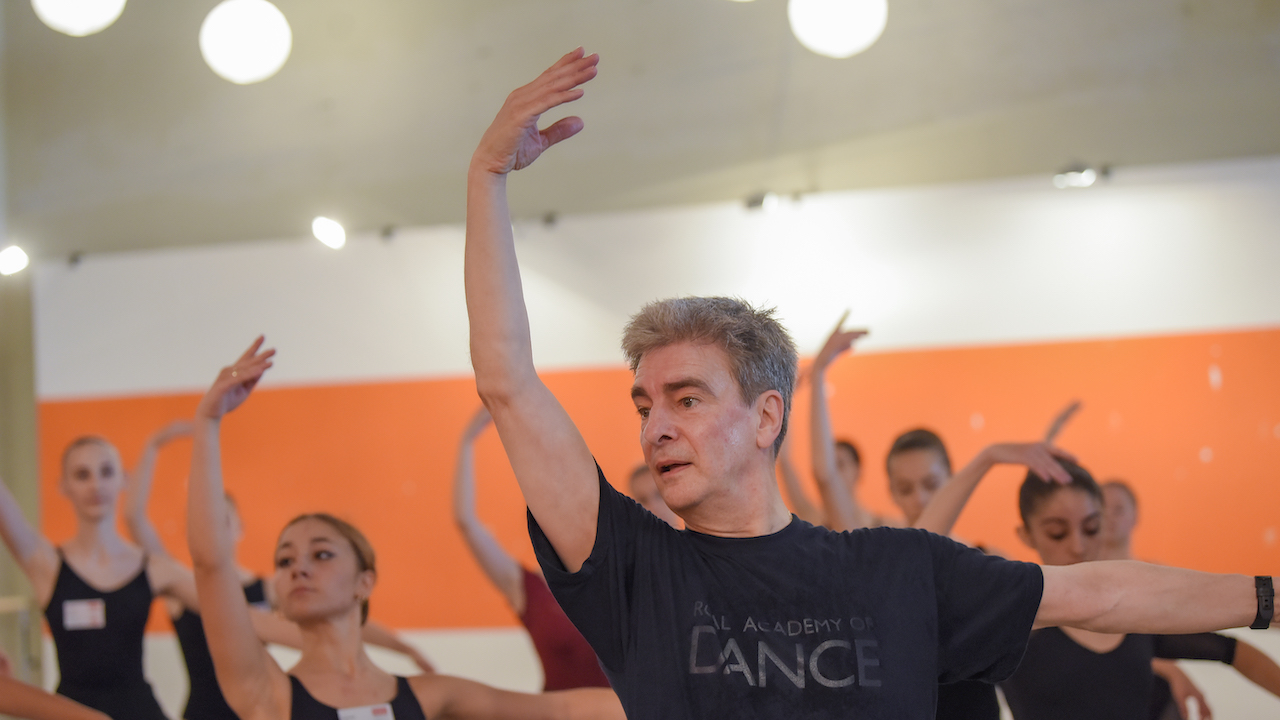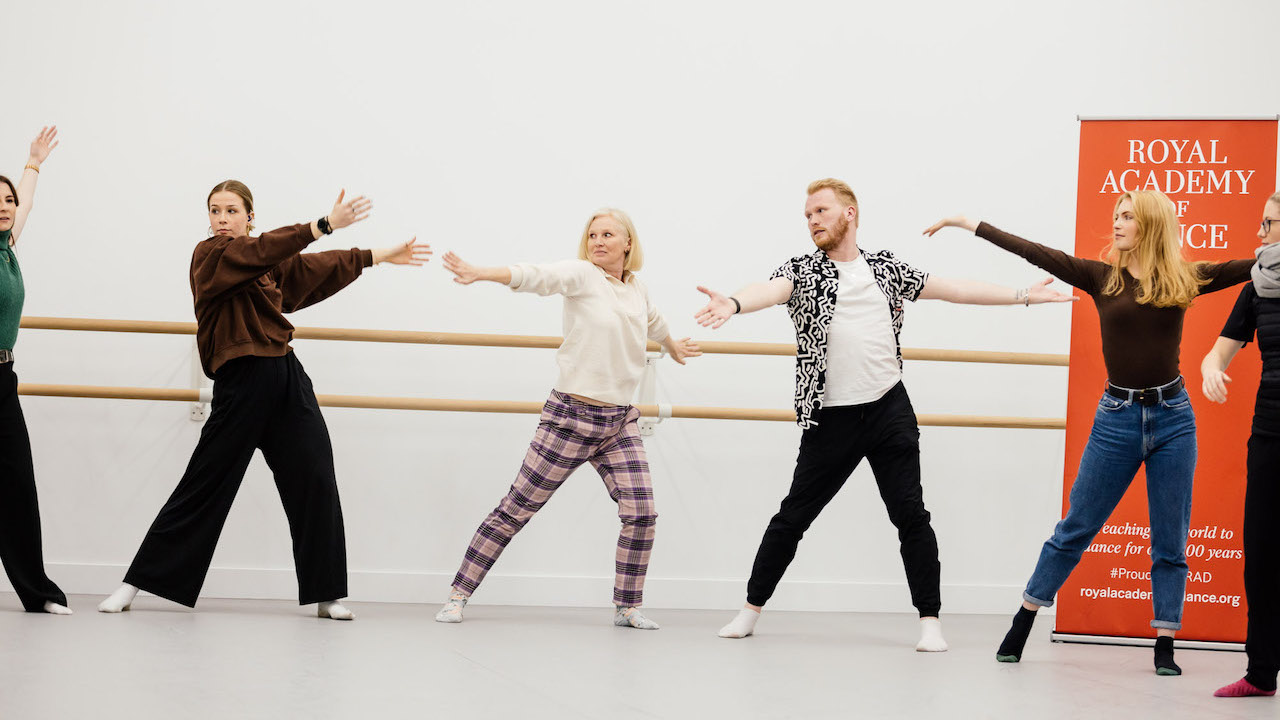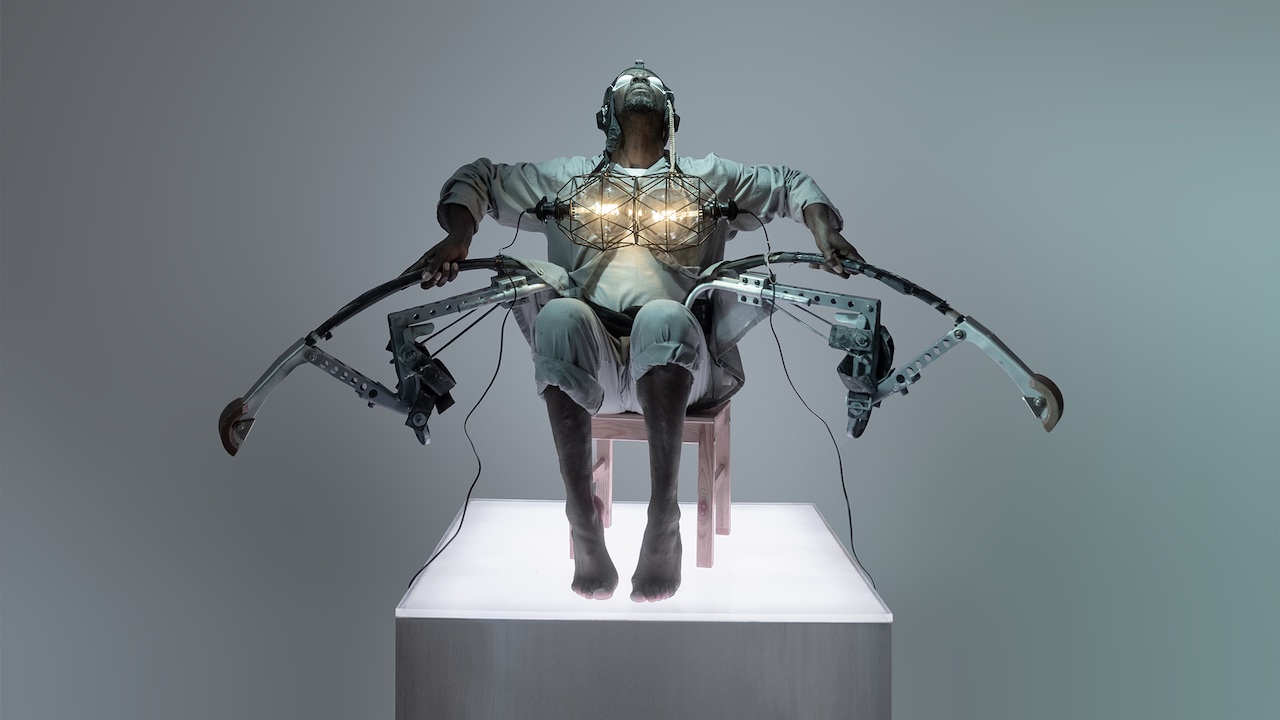The RAD was founded with the intent to improve the quality of dance teaching. It is therefore important for us all to understand what we mean by ‘quality teaching’, so we assembled a team of members, teachers and outside experts to debate this question.
The answer was never going to be easy as there are so many different realities and points of view to take into account. As ‘good teaching ‘ or ‘excellent teaching’ do not define how teaching is conducted, ‘effective teaching’ was thought a better choice as it indicates the effect of the teaching discernible in the students. So what is effective teaching? After months of work and pages of well researched writing, I am happy to share that we distilled our thoughts down to this deceptively simple statement:
Effective teachers achieve positive outcomes for a full range of students through:
• Knowledge, the personal experience and in-depth understanding of their craft
• Communication, the ability to share their knowledge effectively
• Passion, which drives them to learn about their subject which in turn inspires others to learn
These statements can apply to teachers of all levels, and all genres, but they must be put in context. There is a lot to unpack in each sentence!
‘Effective teachers achieve positive outcomes through knowledge, communication and passion’
GERARD CHARLES
We know that teaching is multi-faceted, and no one person will be effective to the same extent in every area. Think of this list as a set of aspirations to check in with every so often over the course of a teaching career. These attributes could be achieved by:
• Creating engaging classes and facilitating a holistic and joyful learning environment appropriate for all students.
• Encouraging and nurturing students to develop and embody individuality, musicality and artistry in movement.
• Embracing a secure and ever-deepening understanding of the syllabi and movement genre taught.
• Encouraging a positive environment of collaboration, self-reflection and ownership fed by mutual respect; inspiring and supporting students to take responsibility for their learning.
• Keeping all students engaged and inspired through secure communication and use of teaching strategies.
• Identifying and responding to the needs of a group and individual students.
• Having an understanding of ‘safe space’ and embracing safe practice in all aspects of work/class.
• Working with the acknowledgement that there are differing ways to acquire knowledge, and at differing paces, and that adaptability is an essential aspect of the successful sharing of information.
• Embracing life-long learning and with that the continued development of personal practice.
• Ensuring through feedback and feeding forward that students are aware of what they have achieved and are able to use information given to deepen and hone their personal skills and artistry.
• Acknowledging and embracing the evolution of the art form through the unique characteristic of each person, celebrating diversity and the way that people may differ.
This is definitely not the last word on all of this – but rather something that I hope will stimulate some healthy feedback as this is something that I believe is crucial for us to get right. I look forward to receiving your thoughts at artistic@rad.org.uk














